2019 Smart Ottawa
February 7, 2019
SMART Remediation talks have focused on innovative technologies for remediating contaminated sites, approaches for site characterization, project case studies, regulatory and industry perspectives, and other related topics.

The 25th SMART Remediation conference was held in Ottawa on Thursday, February 7th, 2019. Details on the speakers and presentations are provided below.
Speakers

Paul McCulloch,
MECP
Communicating Effectively with the MECP
- Bio |
- Abstract
- | Presentation
Paul McCulloch
Paul conducts hearings and prosecutions on behalf of the Ministry of the Environment, Conservation and Parks, focused mostly in Eastern Ontario. As a prosecutor, Paul generally appears in the Ontario Court of Justice pursuing contraventions of MECP legislation, but has also conducted appellant work including appearing before the Supreme Court of Canada. In addition, Paul represents the Ministry in administrative hearings before the Environmental Review Tribunal and the Divisional Court involving appeals of approvals, permits and orders. He has been asked to speak at a number of continuing education events sponsored by organizations such as the Ontario Bar Association, the Canadian Institute of Resources Law, and private conference organizers along with providing guest lectures at the University of Ottawa. From 2002 to 2004, Paul was involved in developing and implementing the Safe Drinking Water Act, 2002 and its corresponding regulations, as well as regulations governing Ontario’s permit to take water program. From 2000 to 2002, Paul provided litigation support for government counsel appearing before the Walkerton Inquiry. Prior to joining the Ministry in 2000, Paul worked at the Environmental Commissioner of Ontario after articling at the Canadian Environmental Law Association. He was called to the Bar in 1999. Paul graduated from York University in 1997 with a combined Masters degree in Environmental Studies and a law degree from Osgoode Hall Law School. He also has an honours Arts and Science degree from McMaster University.
Communicating Effectively with the MECP
This presentation will provide an overview of the structure of the Ministry and offer some of the practical and legal aspects regarding communications with various Ministry departments.

Marc McAree,
Willms & Shier Environmental Lawyers LLP
Court Upholds MECP’s EPA No‐Fault Order Requiring Off‐Site Soil Vapour, Groundwater and Surface Water Investigation
- Bio |
- Abstract
- | Presentation
Marc McAree
Marc assists clients to manage environmental risks and liabilities while limiting clients’ reputational risk. Marc brings significant environmental law expertise to: contaminated land/brownfields clean ups, environmental-aspects of transactions, environmental insurance, all manner of environmental compliance, environmental approval and order appeals, and defence of environmental prosecutions and environmental civil actions. Marc is recognized for his excellence in advocating for clients in environmental civil litigation at all levels of Ontario Courts, defence of clients against environmental regulatory prosecutions, and appearances before Ontario’s Environmental Review Tribunal and other administrative decision-makers on appeals and at hearings. Marc has particular experience prosecuting and defending contaminated land claims and nuisance impacts including odour, noise and light, and also in defending civil actions brought against environmental consultants. Marc is named in the 2021 Lexpert™®/American Lawyer Guide To The Leading 500 Lawyers in Canada. Marc was peer selected and named the Best Lawyers’® 2019 Environmental Lawyer of the Year (Toronto). He is peer selected annually for inclusion in The Best Lawyers in Canada© for environmental law. Marc is ranked “Most Frequently Recommended” by The Canadian Legal Lexpert® directory and ranked “AV® Preeminent™” by peers in Martindale-Hubbell. He is ranked as a Global Leader in Who’s Who Legal Environment and ranked as a National Leader in Who’s Who Legal Canada Environment. Marc is called to the bar in Ontario and British Columbia. He obtained a joint Bachelor of Laws/Masters in Environmental Studies at York University. Willms & Shier Environmental Lawyers LLP is named “Law Firm of the Year” for Environmental Law in the Best Lawyers in Canada, 2021 Edition!
Court Upholds MECP’s EPA No‐Fault Order Requiring Off‐Site Soil Vapour, Groundwater and Surface Water Investigation
Environmental consultants and contractors are often called upon to respond to Ministry of the Environment, Conservation and Parks Orders issued to their clients. In issuing Orders, the Ministry must assess the objective of and the statutory authority for each Order. The Ministry frequently issues remedial and preventative orders pursuant to EPA, ss. 17 and 18. The question arises, “To what extent does the Order reflect the environmental harm that the Order is intended to address? And, “Has the Ministry over-stepped its bounds, misapplied the statute, or misunderstood the environmental harm?” With most Orders, the Ministry gets it right. However, occasionally the Ministry, in issuing Orders, may not be quite right. Exceptional circumstances give rise to appeals. Appeals of Orders are prescribed in law. Rights of appeal have very short appeal deadlines. Knowing the rules is essential. In Hamilton Beach Brands Canada, Inc. v Ministry of the Environment and Climate Change, the Orderees challenged the Director’s jurisdiction to require the Orderees to undertake soil vapour, groundwater and surface water investigation at off-site properties. Appeals ensued. Decisions were issued by Ontario’s Environmental Review Tribunal and the Divisional Court. Leave is being sought to the Ontario Court of Appeal. A key question in this case is, “Whether the scope of the Ministry’s Order went beyond what the legislature intended and what the EPA provides? Further, “What is the role of consultants and contractors pre- and post- issuance of a Ministry Order?”
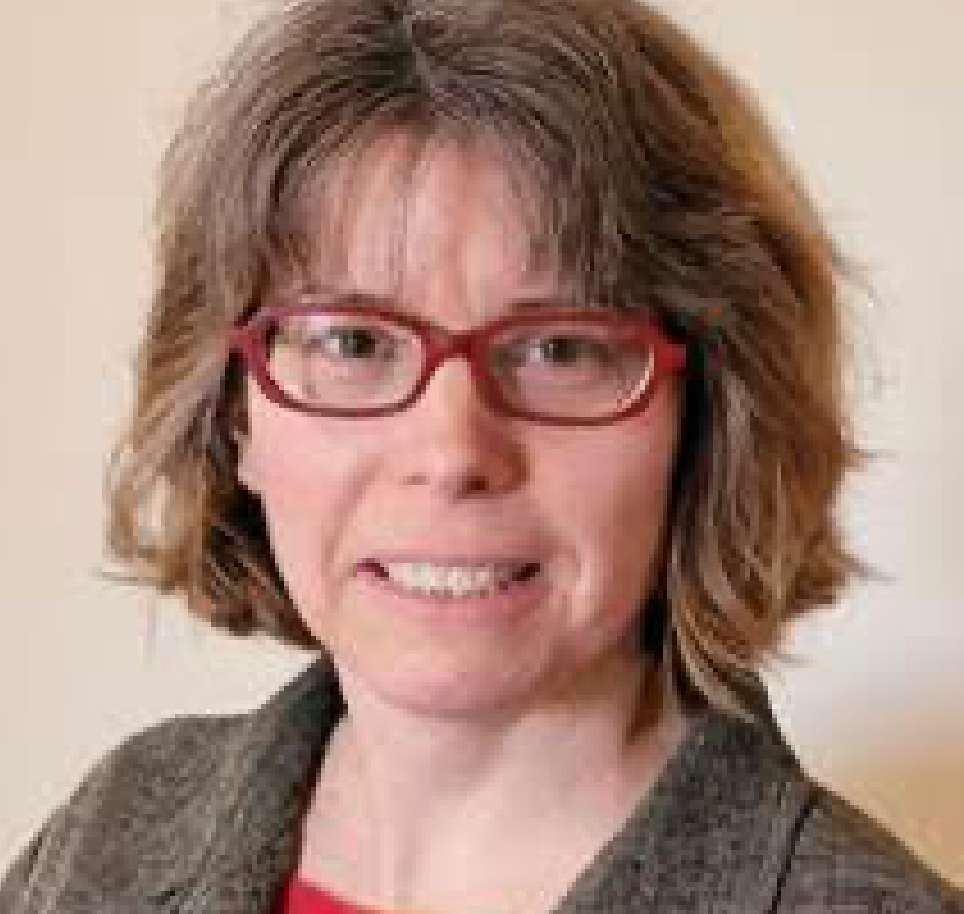
Meggen Janes,
Waterfront Toronto
Toronto Port Lands and Developing Remediation Goals
- Bio |
- Abstract
- | Presentation
Meggen Janes
Principal at Geosyntec with over 25 years of experience in environmental consulting, risk assessment and remediation. She has conducted research and development on new and emerging technologies through bench and pilot studies and she has completed and managed property assessments, peer reviews, compliance and environmental management systems evaluations, risk assessments, and contaminant investigation and remediation projects at many public and private sector properties. Meggen directed the environmental requirements and environmental risk management for the Port Lands flood protection project in Toronto’s waterfront.
Toronto Port Lands and Developing Remediation Goals
Re-routing a river through brownfield properties has necessitated multi-pronged approaches in developing clean-up targets, groundwater discharge criteria, and soil treatment requirements. The traditional approach of technical feasibility, constructability and long-term cost evaluations are used in addition to several risk-based, effects modeling and testing, and statistical methods to determine various compliance targets. The following compliance targets will be discussed as well as the investigative tools, procedures and regulator engagement that has gone into the development of these targets: • Sediment pore water – groundwater upwelling into the new river poses challenges to pore water and surface water quality. Hydrogeological modeling, sediment simulation and bioassay work has been used to define compliance points and extent of areas requiring remediation. • Mobile NAPL thresholds – LIF work and NAPL mobility testing was completed to determine compliance targets for total PHC as an indicator for NAPL mobility potential. • Soil re-use for lower and upper surfaces – risk-based analysis and statistical tools aided in developing soil target values which will be covered in the MECP’s Program Approval.
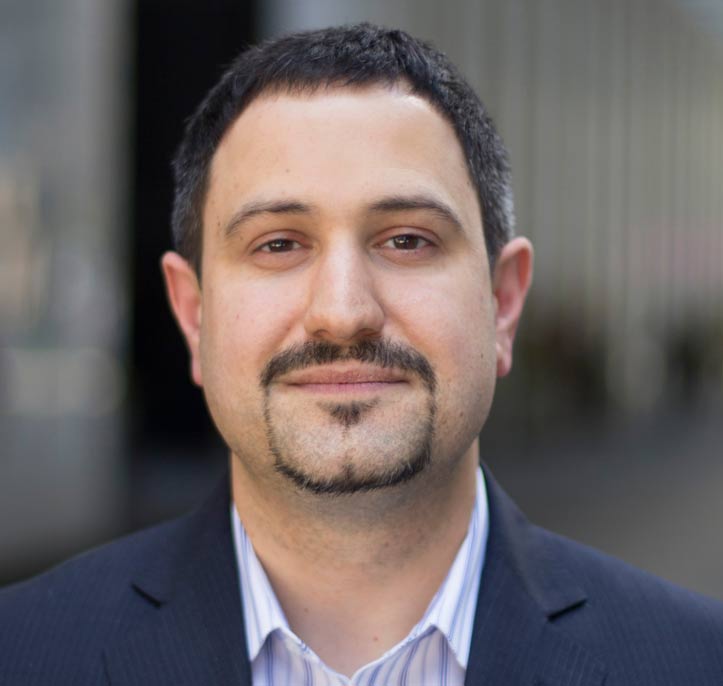
Carl Spensieri,
Berkley Canada
Managing Consultant and Contractor Risk & Environmental Insurance
- Bio |
- Abstract
- | Presentation
Carl Spensieri
Carl is focused on delivering better outcomes for clients by using his expertise to underwrite complex environmental risk and deliver creative risk transfer solutions. Prior to turning his attention to underwriting, Carl worked as an environmental engineer at a Toronto based environmental consulting company. He then joined a Canadian law firm, working within their environmental law group. Carl’s areas of experience include merger & acquisition due diligence; liability assessment and risk transfer; property transactions; and complex infrastructure projects. Carl holds both a Bachelor and Masters of Applied Sciences and Engineering (Chemical and Environmental Engineering) from the University of Toronto, is a Professional Engineer and is pursuing a law degree from the University of London (UK).
Managing Consultant and Contractor Risk & Environmental Insurance
An overview of the Canadian pollution and professional liability marketplace (i.e., observed losses and trends). The presentation will provide attendees with insights on how to manage contractor and consultant risk. In addition, Carl will highlight some emerging risks and provide a case study example.
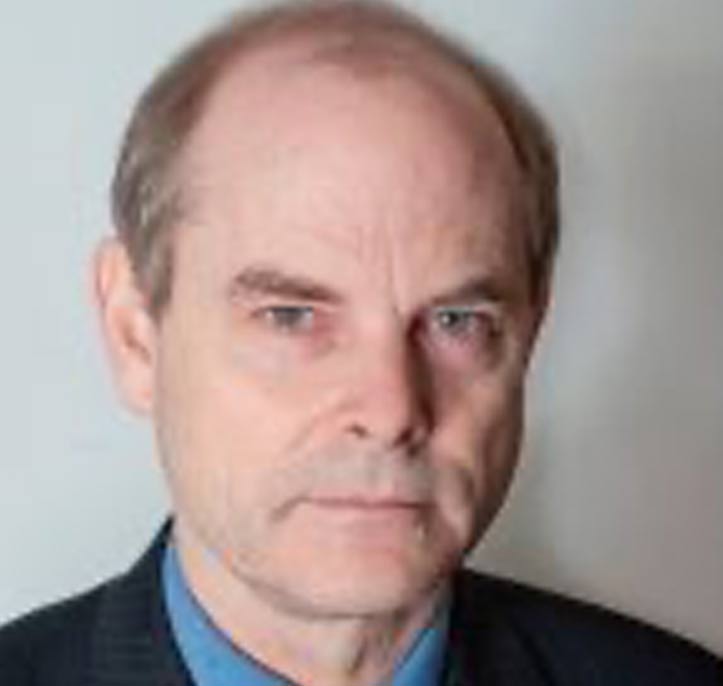
Bob Kennedy,
newterra
Emerging Contaminants – a Primer
- Bio |
- Abstract
- | Presentation
Bob Kennedy
Bob Kennedy was one of newterra’s earliest employees and over the last 25 years has been responsible for sales, engineering, technology, service and production. In his role as CTO, Bob is responsible for the overall technology offering at newterra with a focus on growing and building on the success of newterra’s de-centralized water and wastewater treatment offering as well as remediation and industrial clean water and waste water systems. Reporting to Bob are the Product Managers which includes De-Centralized Systems, Clean Water (Cochrane), Remediation, Industrial and Mining. Prior to joining newterra, Bob held positions with Gilbarco, Fluor and Teck. Bob is a Professional Engineer (Ontario) with a BSc.(Eng) from Queen’s and an MBA from the Ivey School of Business.
Emerging Contaminants – a Primer
We live in a very complex world, with hundreds if not thousands of new products and compounds that enter the market each year for either personal, commercial, military or industrial use. In total they represent millions of tons of manmade substances that in some form may make their way into the world’s most precious resource … our water. The impact of many of those products and substances are only now being understood by scientists and the medical community around the world. In fact, testing for many of these compounds is not required to certify water safe for drinking, nor are most of them on the regulated list for drinking water standards. Broad categories of these compounds are Pharmaceuticals, Personal Care Products and Endocrine Disrupting Compounds (EDC). A breakdown of EDC type compounds include bisphenol A (BPS), phthalate, triclosan and per and polyfluoroalkyl substances known as PFAS. In all there are 1,484 chemicals on the TEDX list of EDC’s. This presentation will present a broad overview of the current status of emerging contaminants from both a scientific and regulatory viewpoint, and then more specifically look at Pharmaceuticals and PFAS with an objective of giving the audience a current status of both regulations and remedial technologies.

Paul Hurst,
Golder Associates Ltd.
Case Study – Complete Vapour Intrusion Mitigation Services for an Industrial Plant
- Bio |
- Abstract
- | Presentation
Paul Hurst
Paul Hurst has over 12 years’ experience in the contaminated sites investigation and remediation industry. He is responsible for project management, design, and execution of environmental site assessment (ESA) and remediation projects, including: sub-slab venting system design conceptual site model (CSM) development (2D and 3D), remedial options evaluation, Remedial Action Plan (RAP) development, RAP implementation, groundwater pump and treat system design, groundwater remediation pilot scale design, in-situ remediation by zero-valent iron injection, multi-phase extraction and screening level risk assessments. Paul works on large building rehabilitations/renovations as well as private development sites where he provides expert advice on soil and groundwater contamination issues. Paul has conducted dozens of remedial soil excavations, Phase I, Phase II and Phase III ESA’s at sites ranging from vacant lands to residential to heavy commercial and industrial properties. His remediation experience includes working with free phase petroleum hydrocarbon and free phase solvents.
Case Study – Complete Vapour Intrusion Mitigation Services for an Industrial Plant
A plastics manufacturing plant with documented indoor air concentrations of trichloroethene (TCE) above the State’s response levels required a multi-pronged approach to mitigate both indoor air and sub-slab sources of TCE. This approach consisted of a data review to understand TCE sources and building conditions, investigation of vapour intrusion (VI) pathways and mitigation works to reduce indoor air concentrations of TCE to acceptable levels. During the investigation stage, Golder completed a novel assessment of contamination sources and transport pathways through a combination of multiple rounds of grid-based indoor air and sub-slab vapour testing of TCE and other chlorinated solvent chemicals, the use of an on-site portable laboratory that provided low level air concentration data at a high resolution and consequently was highly effective, video surveys of utilities, continuous differential pressure monitoring to assess gradients that could affect contaminant mobility, and flux chamber testing to assess potential indoor air TCE sources. This comprehensive approach was needed because of the complex building conditions and varied potential sources. Air conveyance testing was conducted to support design of a sub-slab depressurization (SSD) system. Interim mitigation included the provision of climate controlled fresh air in order to increase the effective air exchanges rates and reduce TCE concentrations. Understanding how indoor air TCE concentrations responded to increased air exchanges informed needed modifications to the building HVAC system as part of the overall VI mitigation program. Golder provided a complete set of services consisting of engineering design, preparation of specifications and tender, review of tender, construction monitoring and on-going performance monitoring and client support. Based on air conveyance testing, nine extraction sumps and two, 600 CFM blowers to allow for system redundancy were installed and commissioned. This case study presents the investigation results, VI mitigation conducted and current state of the project.
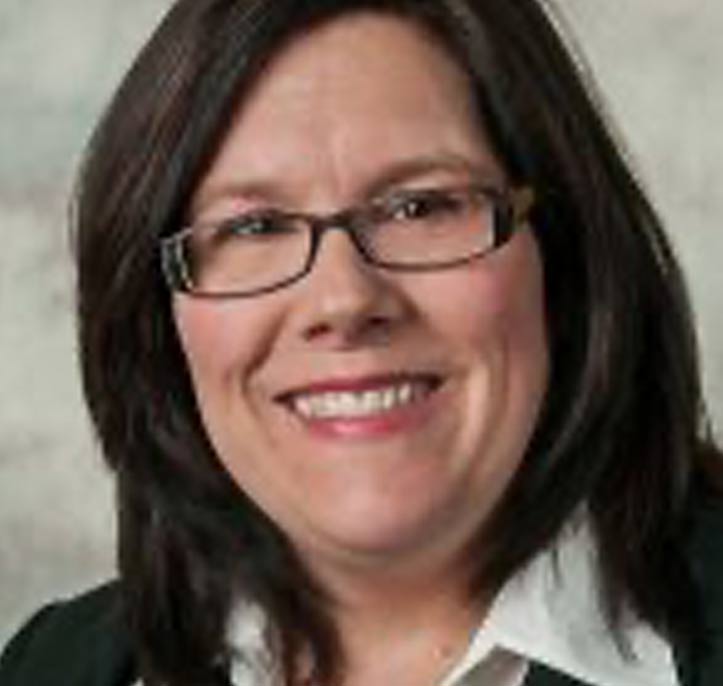
Sandra Dworatzek,
SiREM
Advances in Anaerobic Bioremediation of Benzene
- Bio |
- Abstract
- | Presentation
Sandra Dworatzek
Ms. Dworatzek is a Senior Manager of SiREM, a division of Geosyntec Consultants. SiREM maintains state-of-the-art treatability, molecular testing and microbial culture development facilities, and currently oversees treatability studies as well as the maintenance and culturing of KB-1® and KB-1® Plus, dehalorespiring microbial cultures that have been widely used in field demonstrations to improve the rate and extent of bioremediation of chlorinated solvents in groundwater (e.g., tetrachloroethene (PCE) and trichloroethene (TCE) dechlorination to ethene). She provides technical oversight for field application of KB-1® and KB-1® Plus and for the development of new bioaugmentation cultures. Ms. Dworatzek is an environmental microbiologist with advanced technical experience in laboratory treatability studies. Over the past 23 years she has conducted and overseen numerous bench-scale studies evaluating aerobic and anaerobic bioremediation, zero valent iron and chemical oxidation technologies for enhanced in situ remediation in groundwater. She has specific technical experience in the design of laboratory treatability studies, the scale up of growth of an anaerobic microbial culture for bioaugmentation laboratory and field pilot tests.
Advances in Anaerobic Bioremediation of Benzene
Widespread use of petroleum products has resulted in contamination with BTEX compounds at numerous sites. BTEX compounds, which are the most soluble of petroleum hydrocarbons, can readily biodegrade under aerobic conditions, however where anaerobic conditions prevail, natural attenuation of BTEX has also been observed. Most often, under anaerobic conditions, benzene is observed to persist, due to its recalcitrance to degradation and can become a regulatory driver for remediation. Several benzene degrading cultures have been identified including a methanogenic benzene enrichment culture (DGG-B), developed at the University of Toronto. DGG-B transforms benzene and produces methane and the key benzene degrader, Deltaproteobacteria ORM-2, has been identified. This culture also degrades benzene under sulfate reducing conditions. Recent research efforts have been undertaken to determine 1) whether bioaugmentation with the DGG-B culture is an effective remedy for benzene contaminated sites; 2) if the presence of benzene degrading biomarkers can be correlated to in situ biodegradation activity and 3) if scale up of the culture to volumes sufficient for field pilot testing application is feasible. Numerous anaerobic treatability studies have been conducted using site materials impacted with petroleum hydrocarbons. The time frame for these treatability studies ranged from 8 to 14 months. Degradation of BTEX was monitored with and without DGG-B bioaugmentation and under various electron acceptor conditions. The results to date indicate that bioaugmentation with the DGG-B culture was able to accelerate benzene degradation under methanogenic or sulfate-reducing conditions, while in one case, no benzene degradation was observed despite bioaugmentation. Results from ongoing treatability studies will be presented to provide insights into the performance of the DGG-B bioaugmentation culture at a range of petroleum hydrocarbon contaminated sites, as well as into the correlation between the presence of benzene degradation molecular biomarkers and in situ biodegradation.

Jean Paré,
Chemco inc.
Evaluation of ISCR PRB Longevity under High Sulfate and High Flux
- Bio |
- Abstract
- | Presentation
Jean Paré
Jean Pare, P.Eng., has a degree in Chemical Engineering from Laval University. He has been involved for the last 22 years in the evaluation, development, design, and promotion of both conventional and innovative environmental technologies. As Vice President with Chemco Inc., his responsibilities include the remediation design, technico-economical analysis and technology supply for chemical oxidation and reduction, soil washing, and enhanced bio-remediation. Last year, he worked with over 400 sites applying his expertise to various types of organic and inorganic contaminants in soil and groundwater. He is also involved with many environmental organizations such as CLRA, CBN, ESAA, BCEIA and Reseau-Environnement where he is an active technical committee member and regular technical speaker.
Evaluation of ISCR PRB Longevity under High Sulfate and High Flux
Background/Objective. Historical grain storage facility fumigation operations resulted in groundwater Carbon Tetrachloride (CT) impacts in a small Kansas farming community. High site groundwater flow velocity (estimated at ~700 ft year) has resulted in the CT plume extending approximately 2,500 feet downgradient where it discharges into a small creek; the highest concentrations of CT (approximately 1,500 ug/L) are located near the source area. To limit further plume migration, a Permeable Reactive Barrier (PRB) was installed across the plume width to passively treat CT. The PRB was constructed by injecting EHC® slurry in to a line of direct push injection points. EHC is composed of slow-release plant-derived organic carbon plus micro-scale ZVI particles. Inflowing groundwater is sulfate rich (~120 mg/L), potentially affecting substrate consumption rates and treatment zone reactive life. This presentation reviews geochemical parameter response and CT removal rates over time downgradient of the PRB and compares them with theoretical calculations on ZVI consumption rates using site specific data. These calculations are then discussed relative to the > 10 year PRB longevity and apparent mechanisms for the extended life. Approach/Activities. 48,000 lbs of EHC was injected into an area measuring approximately 270 ft long x 10 ft wide x 9 ft thick on average. The PRB was installed along a road and extended across the width of the plume to limit further plume migration. PRB effectiveness is measured at two compliance wells located 70 and 140 ft downgradient from the PRB. Monitoring is performed on a bi-yearly basis and includes CVOCs and geochemical parameters. Total Organic Carbon (TOC) is monitored as an EHC reagent indicator while ORP, Dissolved Oxygen (DO), nitrate and sulfate are monitored to assess redox conditions in the downgradient zone. Direct measurements of iron have not been performed, but iron consumption rates have been estimated based on inflowing concentrations of terminal electron acceptors. Results/Lessons Learned. CT removal rates peaked 16 months after installation at >99 percent removal. Two years after installation these rates decreased slightly to approximately 95 percent removal and have stabilized around that level for over ten years continuously supporting inflowing groundwater treatment. A significant increase in TOC was measured 70 ft downgradient from the PRB during the first two years. Since then, TOC levels have returned closer to background levels, suggesting that the more readily degradable carbon component (cellulose) had been consumed. During this initial phase redox conditions also reached their lowest point concurrently with significant reductions in inflowing nitrate and sulfate. After TOC levels returned closer to background, sulfate levels also moved closer to inflowing concentrations while ORP remained significantly below background. Theoretical ZVI consumption calculations suggest the ZVI may be consumed after 2.7 years if reacting Stoichiometrically with inflowing sulfate. However, geochemical data suggest that ZVI by itself is not supporting significant sulfate reduction. The probable explanation for the long PRB reactive life is the formation of an iron sulfide mineral based reactive zone created downgradient of the PRB during the initial sulfate reduction phase and since acting as an electron reservoir. This zone may also be continuously rejuvenated by low levels of TOC in inflowing groundwater (~2 mg/L) and from the hydrogen produced from ongoing ZVI corrosion.
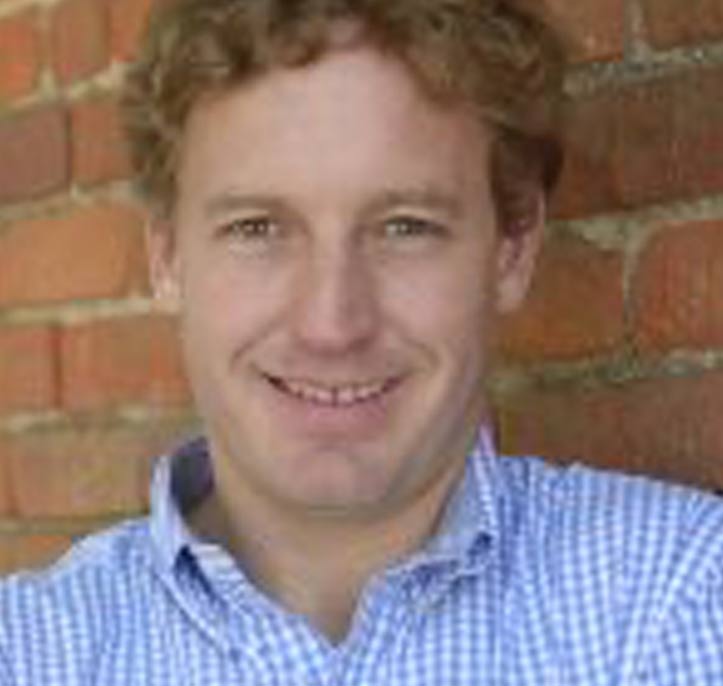
David Alden,
Tersus Environmental
5 Lessons Learned From Surfactant‐Enhanced Aquifer Remediation of Light and Dense NAPLs
- Bio |
- Abstract
- | Presentation
David Alden
David Alden provides technical support for Tersus’s portfolio of biotechnology-based solutions to manage complex, challenging environmental liabilities and reduce costs for site closure. He is a graduate of Universidad de las Americas-Puebla, Mexico, where he m focused on waste-water treatment. Alden worked for 4 years in the upstream oilfield sector performing offshore well tests and completion design and installation in the Gulf of Mexico. He participated in the in situ oil-shale extraction experiment in the Piceance Basin in Northwestern Colorado, where protecting groundwater was the main challenge. Alden also completed a Hydrogeology Master’s Degree at Joseph Fourier University in Grenoble, France.
5 Lessons Learned From Surfactant‐Enhanced Aquifer Remediation of Light and Dense NAPLs
Background/Objectives. Surfactants, solvents and polymers have been used as aggressive NAPL removal methods. Published work on thoroughly monitored projects shows that over 90% of the NAPL contaminant mass can be removed. How have more commercial remediation projects following these methods perform? Approach/Activities. Technology developed at the University of Oklahoma, originally focused for enhanced oil recovery at petroleum reservoirs and subsequently adapted to the environmental arena, can lower the Interfacial Tension (IFT) sufficiently to allow physical mobilization of residual LNAPL with the limited production of thermodynamically stable emulsions. Part of this talk will focus on market acceptance and lessons learned from the use of artfully formulated surfactant blends that reduce solubilization and simply allow LNAPLs in saturated soils to become mobile. Lessons learned from other Department of Defense surfactant flood projects addressing DNAPL will be used to highlight similarities and differences to LNAPL recovery projects. Results/Lessons learned. The presentation will review surfactant flood design methods and highlight results and lessons learned from various projects.
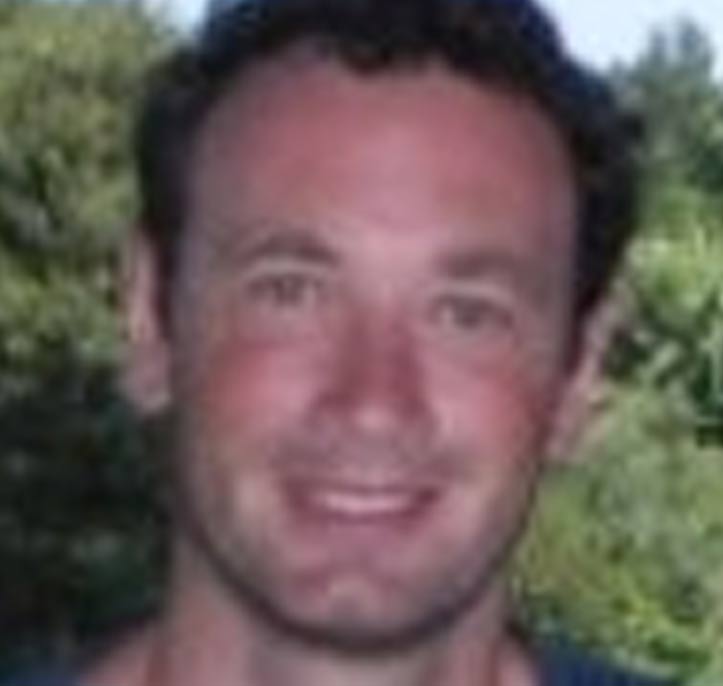
Daniel Bouchard,
Sanexen
What Additional Value Can Compound Specific Isotope Analysis (CSIA) Bring to the Assessment of Organic Contaminants in Groundwater?
- Bio |
- Abstract
- | Presentation
Daniel Bouchard
Daniel Bouchard holds Bachelor’s and Master’s degrees in soil sciences (Université Laval), and a Ph.D. in hydrogeology (University of Neuchâtel, Switzerland). Currently, Daniel is an expertise manager (R&D – Engineering Department) with Sanexen Environmental Services Inc., and an external Scientific Collaborator with the University of Neuchâtel (Switzerland). With Sanexen, he intervenes in projects that specifically require a thorough characterization of the contaminants to better understand their origin, behavior and environmental fate. With 15 years’ experience with stable isotopes, Daniel has specialized in the application of stable isotope analysis on contaminated sites to better understand the origin and fate of contaminants in the environment, to characterize gas phase contaminants (soil air, indoor air in buildings), and evaluate the effectiveness of in situ remediation treatments.
What Additional Value Can Compound Specific Isotope Analysis (CSIA) Bring to the Assessment of Organic Contaminants in Groundwater?
Over the last three decades, compound-specific isotope analysis (CSIA) has evolved from the state of laboratory studies to a recognized, highly-sensitive field assessment tool. For this reason, the tool has been deployed on numerous contaminated sites to gain key information on released organic compounds (such as petroleum hydrocarbons and chlorinated solvents) that traditional concentration measurements are unable to reveal. For instance, CSIA has proven its reliability and robustness in demonstrating the biological destruction of organic compounds in groundwater, thus becoming an indicated tool for use in the framework of a Monitored Natural Attenuation program. CSIA greatly enhances the quality of information derived from the dataset collected over time, strengthens the conclusions drawn on the fate of organic contaminants in groundwater, and reinforces the Regulator’s decision to approve on-site application of the natural attenuation remedial strategy. Furthermore, the tool has been used to differentiate sources of the same contaminant present in the subsurface for forensic purposes, or to better understand source architecture on complex sites having the potential for multiple release episodes. More recently, the application of the tool has reached another milestone, when it was applied in the framework of in situ remediation treatments to assess whether the intended contaminant mass reduction was initiated as anticipated. More specifically, CSIA was proven reliable in determining whether the contaminant mass reduction observed was attributed to dilution or destruction, or which co-occurring physical, chemical or biological process was the dominant mass-reduction process. In such cases, application of CSIA supports field practitioner’s decision to modify the treatment in real time, which leads to cost-effective remediation treatments. This talk aims to briefly explain the fundamentals of the CSIA method, followed by examples of field applications.